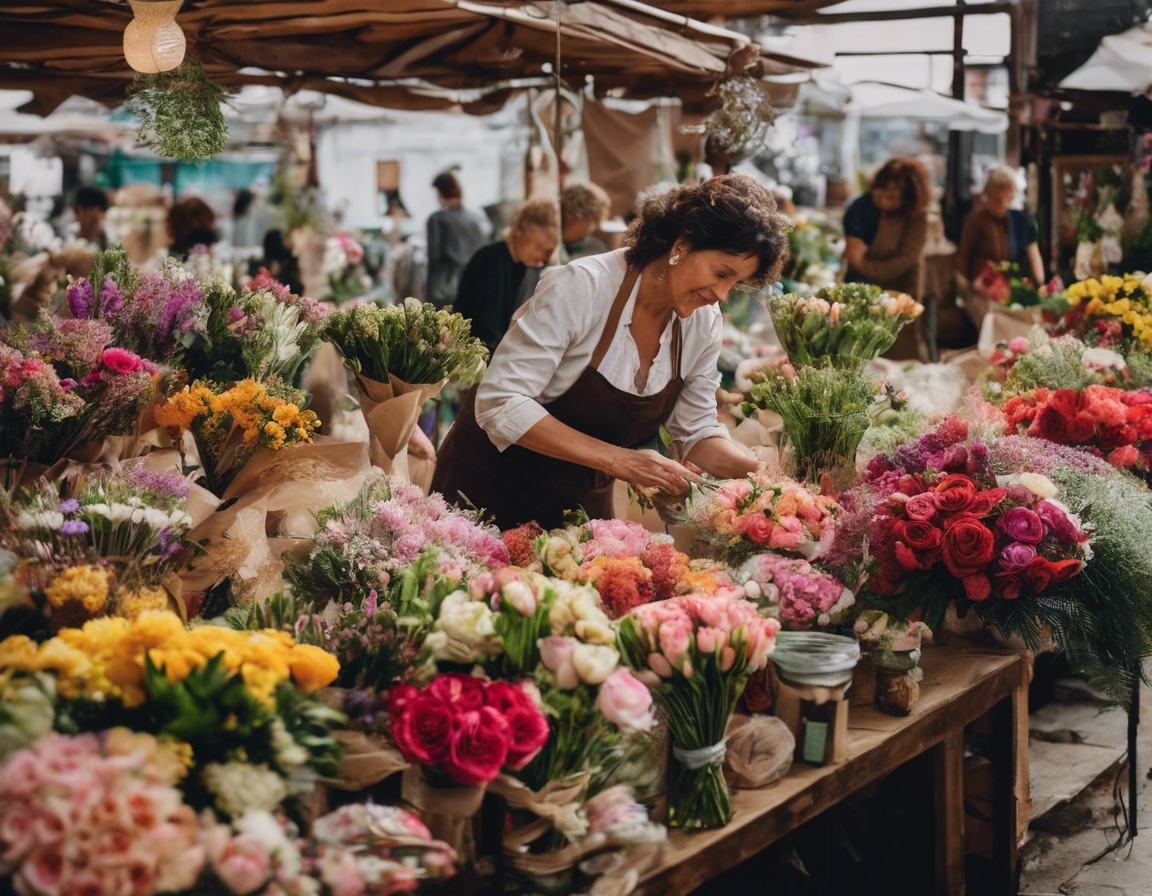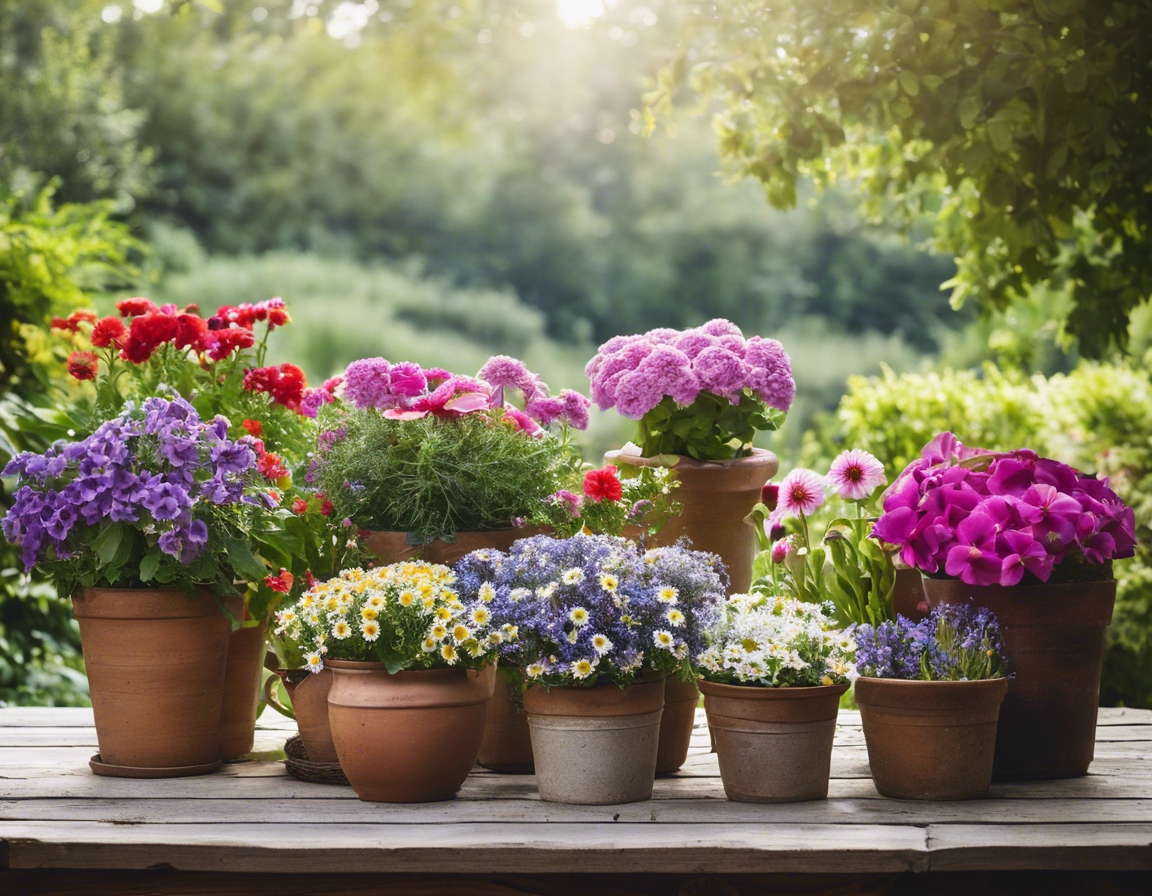How to care for your potted flowers
Potted flowers are a delightful way to bring nature into your home, adding color and life to any space. Whether you're an experienced gardener or a novice, understanding how to care for your potted flowers is essential to keep them thriving and beautiful.
Choosing the Right Pot and Soil
The first step in caring for potted flowers is selecting the right pot. Consider the size of the plant and its root system. A pot that is too small can restrict growth, while one that is too large may lead to waterlogging. Ensure the pot has adequate drainage holes to prevent water accumulation.
Soil is the foundation of healthy potted flowers. Use a high-quality potting mix that provides good drainage and aeration. Different flowers have varying soil needs, so research the specific requirements of your plants to ensure optimal growth.
Watering Techniques for Potted Flowers
Watering is crucial for the health of your potted flowers. The frequency depends on the type of plant, pot size, and environmental conditions. Generally, it's best to water when the top inch of soil feels dry to the touch.
Overwatering can lead to root rot, while underwatering can cause wilting. Look for signs such as yellowing leaves or stunted growth to adjust your watering habits accordingly.
Providing Adequate Light
Light is vital for photosynthesis, and different flowers have varying light requirements. Some thrive in direct sunlight, while others prefer indirect or low light. Identify the light needs of your flowers to place them in the right spot.
If your flowers aren't receiving enough light, consider moving them closer to a window or using artificial grow lights. Conversely, if they're getting too much sun, provide some shade or move them to a less intense light area.
Fertilizing Your Potted Flowers
Fertilizers provide essential nutrients that may not be present in the soil. Choose between organic and synthetic fertilizers based on your preference and the needs of your flowers.
Establish a regular fertilizing schedule, typically every 4-6 weeks during the growing season. Be cautious not to over-fertilize, as this can harm your plants.
Pruning and Deadheading
Pruning helps maintain the shape and health of your potted flowers. Remove dead or diseased stems to encourage new growth and prevent the spread of disease.
Deadheading, or removing spent blooms, encourages more flowers to grow. Use clean, sharp scissors to snip off faded flowers just above a healthy leaf set.
Pest and Disease Management
Potted flowers can be susceptible to pests like aphids and diseases such as powdery mildew. Regularly inspect your plants for signs of infestation or illness.
For pest control, consider natural solutions like neem oil or insecticidal soap. Chemical pesticides can be used as a last resort. Always follow the instructions carefully to avoid harming your plants.
Seasonal Care Tips
As seasons change, so do the needs of your potted flowers. In winter, reduce watering and move plants away from cold drafts. In summer, increase watering and ensure adequate ventilation.
Indoor potted flowers may require different care than outdoor ones. Indoor plants often need more frequent watering and humidity control, while outdoor plants may need protection from extreme weather conditions.






Comments (0)